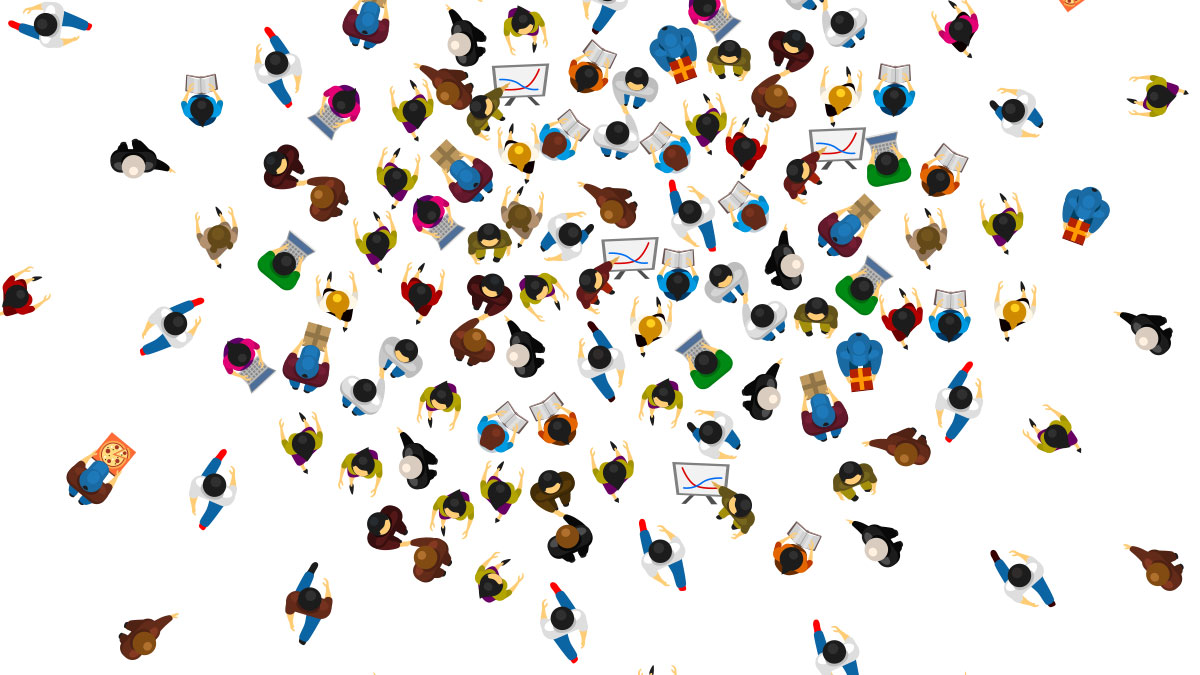Challenging the idea of valid data

What is valid patient data?
Industry colleagues and I recently wrestled with that question at the CBI Patient Registries & Real World Evidence Summit in Miami, Florida. Being surrounded by some of leading patient experts and implementers of real world evidence (RWE) data and patient registries in the healthcare was a great setting to examine and discuss the past, present, and future of registries and RWE, including various types of data, meaningful and intelligent data integration, as well as best practices and the next generation of applying RWE for patient-centric clinical drug and trial development and market strategy.
In the morning on the first day of the conference, attendees debated the concept of “valid” types of RWE data. One veteran speaker and attendee of the summit pointed out to the group that there wasn’t a shared definition, neither within the room nor outside it. What happened next was a fitting representation of the industry’s prevailing attitude toward what is and makes more “valid” data, especially from the “real world”.
Hoping to prompt a discussion about the definition of valid real world data, one attendee offered a hypothetical challenge: what would be the best way for us to determine the average heart rate in the conference room in which we were all sitting? He himself offered two alternative data sets:
- Assuming about half the attendees in the room were wearing some type of wearable tech, we could compile and use the admitablely not precise but likely not that far off heart rate data to establish an average for the entire room
- Or, we could select three members of the group and hook them up to accurate heart rate monitoring equipment and calculate the average based on those three individual’s data.
The attendees silently contemplated the two options. The silence was broken by a woman from a patient advocacy/non-profit organisation, who challenged the scenario by proclaiming that there was a third option: that we could ask everyone in this room to record and report their own heart rate, giving us “our own PRO,” or Patient Reported Outcome.
Her comment was immediately met with a mix of surprised laughter and thunderous applause.
I feel, as I believe the individual who presented the room with this surprise third option did, that this brief exchange encapsulated the major challenge facing PRO data within the pharma industry. That this type of PRO data is commonly and consistently overlooked as valid and meaningful examples of RWE, especially when compared to more quantitative and clinical data points and streams: the “hard” data. And this challenge is becoming increasingly frustrating to those who work with, live in, and champion a patient-reported world.
In my presentation at the conference, I discussed the value, advantages, limitations, and practical considerations of considering and utilising patients’ and caregivers’ social media content as RWE. The most compelling argument for PRO data as valid and meaningful RWE occurred, and it wasn’t due to anything I said, or any slides that I showed.
In the last minutes of the Q&A section of my presentation, an attendee raised her hand and introduced herself. She said she was a healthcare attorney and a rare disease patient. She went on to tell me and the rest of the audience that she was alive today because of patient reported outcomes data.
She told the audience that several years ago, out of treatment options and in serious decline, she joined the online community of Inspire, my employer, and found a community of patients and caregivers with the same diagnosis. It was humbling to hear her describe how she learned from fellow online community members of an additional treatment option that she hadn’t known about. She credited the community, that PRO information, and that treatment with her improvement and condition management that allowed her to attend law school and now focus on healthcare regulation and rare disease advocacy. She fights for those who struggle because she struggled too, and it was a patient reported outcome – on social media, of all places – that gave her a next step and a new chance.
There is work to be done helping to organise and quantify and structure what can be large and unstructured patient-reported data sets, much like other big data. But as the woman who identified as a rare disease patient during my presentation made exceedingly clear, patients and caregivers are reporting outcomes and providing evidence as they exist, everyday, in the real world. And just because something like patients’ social media interactions may not resemble the more clinically focused data points that plot the treatment flow from diagnosis through treatment, it doesn’t make it less valid as RWE. In fact, the value of this this type of PRO RWE comes from its authenticity and patient-centricity. Its ability to meaningfully influence and affect patients’ and caregivers’ lives, nearly everyday and sometimes in real time.
About the author
 Monica St Claire is a sociolinguist and healthcare researcher with Inspire, and is currently focused on research design and optimisation.
Monica St Claire is a sociolinguist and healthcare researcher with Inspire, and is currently focused on research design and optimisation.











